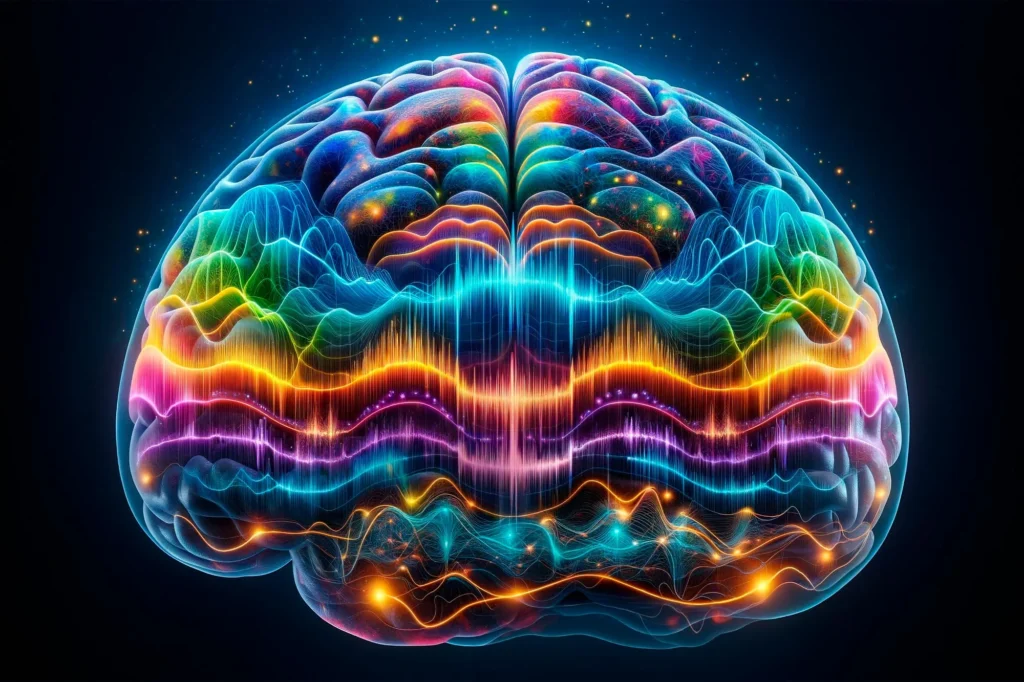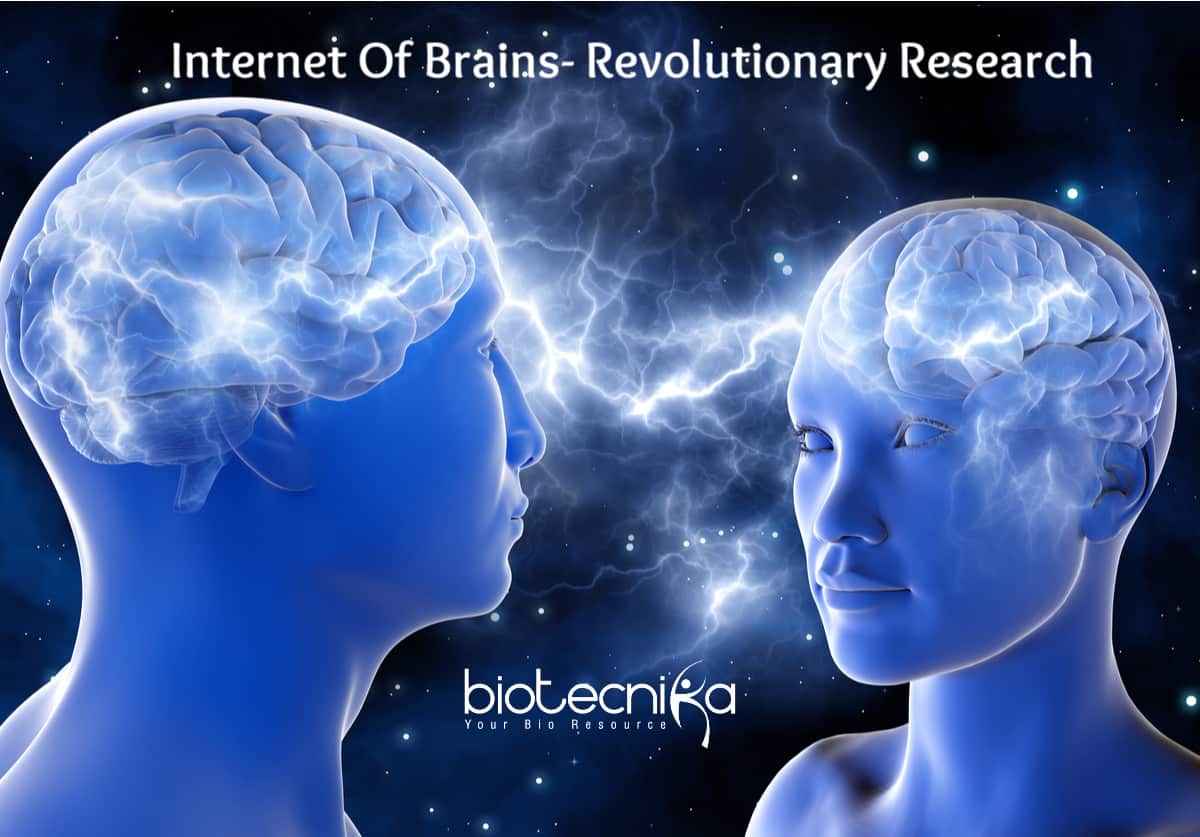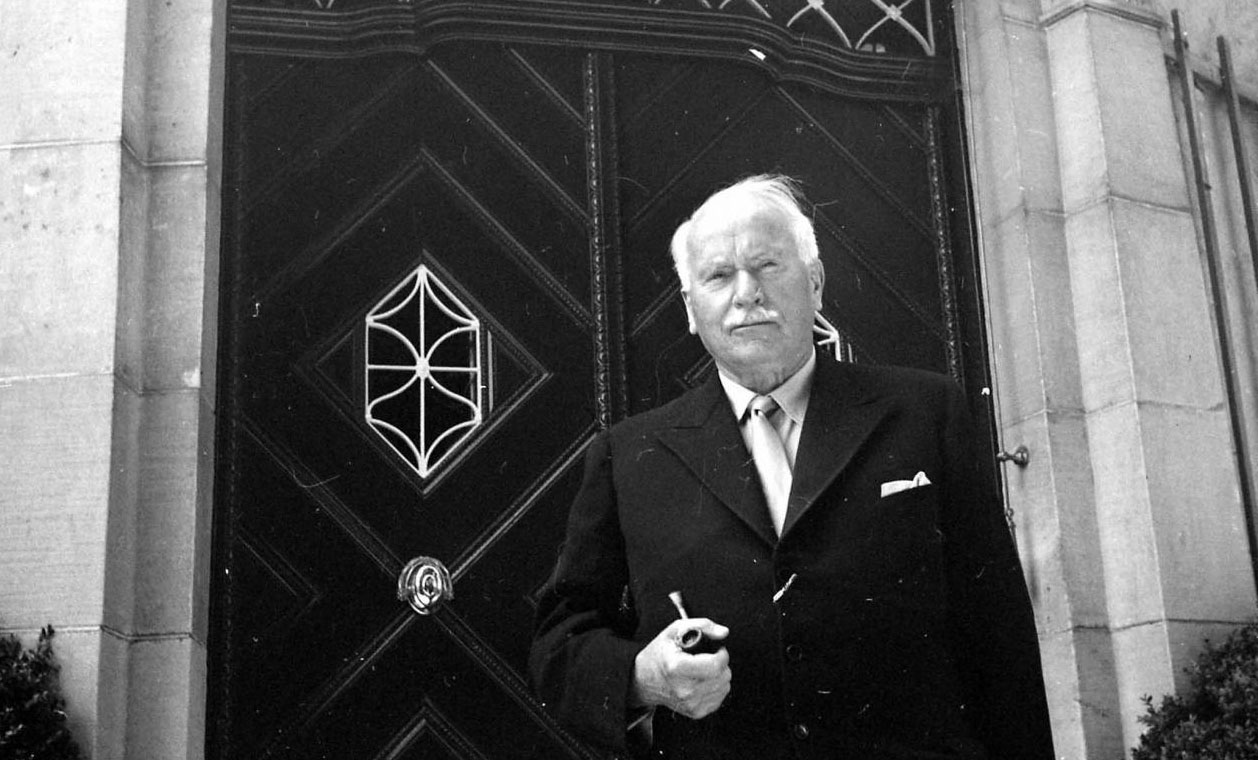Brain waves, also known as brain rhythms or oscillations, emerge from the synchronized network of electrical activity of neurons in our brains. These coordinated efforts facilitate crucial functions like perception, cognition, and intelligence.
From our thoughts and emotions to our behavior and learning abilities, brain wave patterns play a crucial role in shaping who we are as individuals. In fact, studies have shown they hold the key to understanding the intricacies of human uniqueness.
The latest neuroscience research has found that our brains operate on differing frequencies, each associated with different states of consciousness and intelligent functions. What it shows is that each of us has differing brain wave activity that is directly related to our genetics and learning capabilities which equates to our overall intelligence and IQ.
Hence, your ability to truly think and your intelligence can now be measured and categorized into different frequencies, each associated with specific mental states and cognitive processes. Therefore, understanding the different types of brain waves is a fascinating and essential aspect of unraveling the mystery of how they define our uniqueness.
Scientists are able to assess human intelligence and mental illness with a special machine called an electroencephalogram (EEG). During an EEG, electrodes are placed on the scalp to detect and record brain waves, which are rhythmic oscillations of electrical activity that occur in different regions of the brain.
These electrodes pick up the different frequencies and amplitudes of the brain waves starting at the low delta (<4 Hz), theta (4–8 Hz), alpha (8–12 Hz), and higher frequencies such as beta (12-30 Hz), gamma (30–80 Hz), and high gamma (>80 Hz). The recorded data is then analyzed to identify the various types of waves and their patterns.
The unique combination and interplay of these brain wave patterns contribute to our individual uniqueness.
Just as no two fingerprints are exactly alike, no two individuals have the same brain wave patterns. These patterns shape our cognitive abilities, personality traits, and even our responses to external stimuli.
Research has shown that each of these waves corresponds to specific mental states and activities, offering insights into our cognitive processes and overall brain functioning.
For example, beta waves, which have a high frequency, are linked to focused attention, problem-solving, and critical thinking.
Alpha waves, with a lower frequency just under beta, are associated with a relaxed state of mind, creativity, and insight.
However, the highest cognitive functions in humans are measured via gamma waves, the fastest and highest frequency brain waves, which are linked to heightened cognitive functioning, attention, and memory.
These waves are believed to play a crucial role in learning and information processing, allowing us to absorb and retain new knowledge effectively.
But when it comes to people whose brains are not functioning properly or due to mental illness, they operate in the theta and delta range.
Slow wave activity is composed of both large amplitude and low frequency activity in the delta (0.5–4 Hz) or theta (4–7 Hz) frequency bands is normally only seen in people while they are sleeping, but it is also observed in people with mental illness.
Delta and theta activity in the waking state has mainly been studied in people with neurological disorders, but abnormal slow brain waves are found in many developmental and degenerative disorders, and also in several other neurological conditions.
Delta waves, characterized by low-frequency and high-amplitude patterns, are associated with deep sleep and unconsciousness. These waves are crucial for restorative sleep, allowing our bodies to rejuvenate and recharge during the night as we repair our bodily tissues, and strengthen the immune system.
This technology is being further developed by various governments for biometric security in the form of finger and palm prints, iris scanning, facial recognition, and blood, vein and cognitive pattern recognition.
The Four Types of Biometric Security are:
Biological biometrics
Morphological biometrics
Behavioral biometrics
Cognitive biometrics
Cognitive biometric security measures brainwave patterns, also known as brainprints, which are considered a superior biometric alternative by researchers when compared to fingerprints or retinal scans.
This is a novel approach to user authentication and/or identification that utilizes the response(s) of nervous tissue in response to one or more stimuli, and the subsequent response(s) are acquired and used for authentication.
Cognitive biometrics use bio-signals that are measured via a EEG-based BCI system for authenticating a person is primarily derived from the unique subtle features embedded in them (Revett and de Magalhães, 2010; Gupta et al., 2012).
Unlike fingerprints or retinas, which are static once compromised, a brainwave pattern offers the advantage of being changeable, enabling users to reset it if their brain print is stolen.
One of the key advantages of the brainprint is its non-invasive nature.
Unlike traditional biometric methods that rely on physical features like fingerprints or facial recognition, a brainprint does not require any direct contact with individuals.
This makes it convenient, user-friendly, and less susceptible to privacy concerns. Individuals can be recognized simply by analyzing their unique brain activity patterns, without the need for physical interaction.
Moreover, the complexity of brain patterns makes it extremely difficult for potential attackers to forge or replicate brainprints. The intricate network of neural connections and individual brain signatures add an extra layer of security to the system.
This resistance to attacks enhances the robustness and reliability of brainprint as a biometric recognition technology.
A 2016 study from Binghamton University used cognitive biometrics to identify a group of 50 participants with 100 percent accuracy. Previous research published in 2015 successfully identified individuals with 97 percent accuracy.
The significant improvement from 97 percent last year to a perfect 100 percent this year is particularly crucial for high-security environments like the Pentagon, necessitating flawless detection and authorization systems.
As neuroimaging and hidden biometric modalities continue to evolve, the brainprint emerges as a compelling alternative for person recognition.
Unraveling the mystery of how brain wave patterns define our uniqueness opens up a world of possibilities for harnessing our cognitive abilities to their fullest potential.
It highlights the intricate interplay between our brains and our individual cognitive strengths, providing a deeper understanding of what makes each of us truly unique.
SOURCES:
EEE Transactions on Information Forensics and Security
Using brain prints as new biometric feature for human recognition

Moe is the founder of GnosticWarrior.com. He is a father, husband, author, martial arts black belt, and an expert in Gnosticism, the occult, and esotericism.









